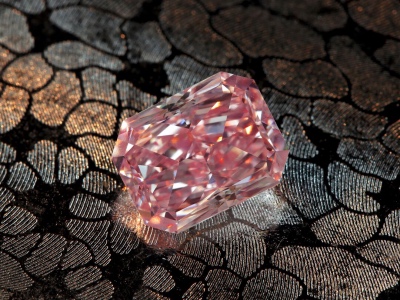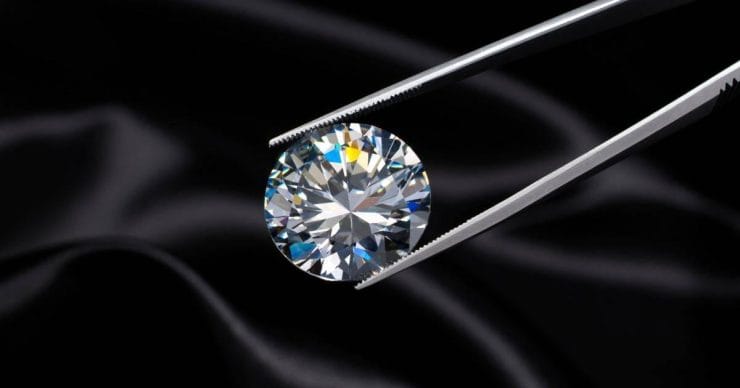Understanding Blood Diamonds and Their Impact
Blood diamonds, also known as conflict diamonds, have long been associated with human rights abuses and unethical mining practices. These diamonds are mined in war zones and sold to finance armed conflicts, often leading to suffering for local communities. The trade of blood diamonds has fueled violence, child labor, and severe environmental damage. In contrast, lab-created diamonds provide an ethical and sustainable alternative. Unlike blood diamonds, lab-created diamonds are grown in controlled environments using advanced technology, ensuring a conflict-free origin.
The Ethical Concerns Surrounding Blood Diamonds
The history of blood diamonds is marred by unethical practices that exploit vulnerable populations. Many diamond mines in conflict zones operate under inhumane conditions where workers face physical abuse and extremely low wages. The illicit trade of blood diamonds has led to political instability in several African nations, causing long-term economic struggles. Lab-created diamonds offer a responsible choice by eliminating the unethical aspects of traditional diamond mining. Consumers seeking transparency and ethical sourcing are increasingly turning to lab-created diamonds as a better alternative.
How Lab-Created Diamonds Are Made
Unlike blood diamonds, which are extracted from the earth through destructive mining, lab-created diamonds are grown in controlled laboratories. Scientists use two primary methods: High Pressure High Temperature (HPHT) and Chemical Vapor Deposition (CVD). These techniques replicate natural diamond formation but without the environmental and human toll associated with blood diamonds. Lab-created diamonds have the same physical, chemical, and optical properties as natural diamonds, making them indistinguishable from blood diamonds in appearance and quality.
The Environmental Consequences of Blood Diamonds
Blood diamonds contribute significantly to environmental destruction. Mining for blood diamonds leads to deforestation, soil erosion, and water pollution. Large-scale diamond mining operations often displace wildlife and destroy natural ecosystems. In contrast, lab-created diamonds have a minimal environmental footprint. The production of lab-created diamonds requires significantly less water and energy compared to the mining process of blood diamonds. Choosing lab-created diamonds helps reduce the ecological damage associated with traditional diamond mining.
The Cost Factor: Blood Diamonds vs. Lab-Created Diamonds
One of the biggest advantages of lab-created diamonds over blood diamonds is their cost. Blood diamonds go through multiple middlemen before reaching consumers, increasing their market price. Additionally, the illicit nature of blood diamonds makes their pricing unpredictable. Lab-created diamonds, on the other hand, are more affordable because they are produced in a controlled setting without the involvement of unethical supply chains. Consumers who opt for lab-created diamonds can get high-quality stones at a fraction of the cost of blood diamonds.
Are Lab-Created Diamonds Real Diamonds?
A common misconception is that lab-created diamonds are not real diamonds. However, lab-created diamonds share the same chemical composition, hardness, and brilliance as blood diamonds. Even professional gemologists require specialized equipment to differentiate between blood diamonds and lab-created diamonds. As technology advances, lab-created diamonds continue to gain acceptance in the jewelry industry, proving to be a superior alternative to blood diamonds in every aspect.
The Future of the Diamond Industry
With growing awareness of the dark side of blood diamonds, the demand for lab-created diamonds is increasing rapidly. More jewelers are offering lab-created diamonds as an ethical and sustainable choice. Governments and organizations continue to implement measures to curb the trade of blood diamonds, but challenges remain. Lab-created diamonds provide a permanent solution by eliminating the risks associated with blood diamonds entirely. As consumers become more conscious of their purchasing decisions, lab-created diamonds are set to revolutionize the diamond industry.
Making the Right Choice: Blood Diamonds or Lab-Created Diamonds?
When it comes to choosing between blood diamonds and lab created diamonds, the decision should be based on ethical, environmental, and economic considerations. Blood diamonds carry a legacy of violence and destruction, while lab-created diamonds represent a future of sustainability and responsible sourcing. By choosing lab-created diamonds, consumers can enjoy beautiful, high-quality gemstones without contributing to the atrocities linked to blood diamonds. The shift toward lab-created diamonds is not just a trend but a necessary evolution in the diamond industry.
Conclusion: The End of Blood Diamonds?
The fight against blood diamonds continues, but lab-created diamonds offer a viable and ethical alternative. Consumers today have the power to make a difference by opting for lab-created diamonds instead of supporting the blood diamond trade. As awareness grows, the preference for lab-created diamonds will continue to rise, eventually leading to a more responsible and transparent diamond market. Making the switch from blood diamonds to lab-created diamonds is a step toward a better and more sustainable future for the jewelry industry and the planet.




